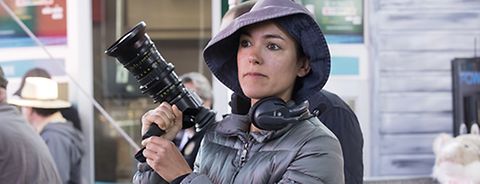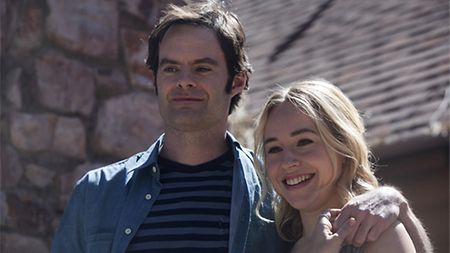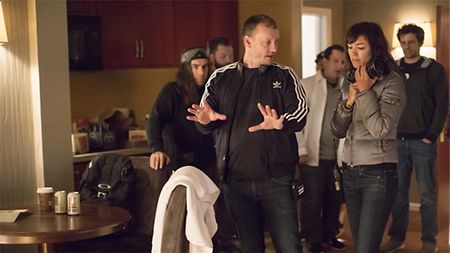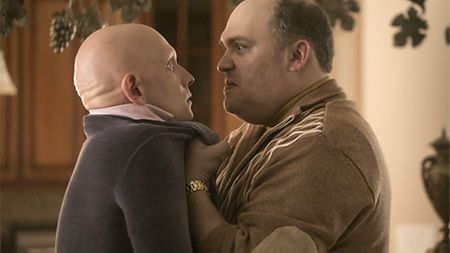Just wrapping its freshman season, HBO’s "Barry" is a dark comedy about a Midwestern hitman (played by Bill Hader), who travels to Los Angeles to kill someone. He stumbles into a community acting class, led by the quirky Gene Cousineau (Henry Winkler). “What made `Barry` interesting to me was the combination of dark humor, his tragic innocence and how hard all the characters were trying to excel in their lives, not always with much success,” says "Barry" cinematographer Paula Huidobro. “I love that Barry lived a double life, and how sometimes the behavior of the criminals mirrors that of his classmates in the acting school. Sometimes the acting students would seem more ruthless than the criminals. The characters are all very well developed and they grow on you, the more you learn about them. They all seem to be on a mission and it’s incredibly funny to see them fail but keep on trying.”
Producer Aida Rogers brought Huidobro on the project after looking at her reel and recommending her to "Barry" co-creators Hader and Alec Berg. “I interviewed and immediately connected with both of them, talking about the material and their vision for the style of the project,” says Huidobro who previously shot a string of independent features and TV projects. “Bill wanted the camera to be composed and disciplined. He wanted to preserve the studio mode in which the pilot had been shot, and spend the time blocking it and rehearsing for full takes where the actors and the camera would dance together.” She added that the creators didn’t want to glorify violence, which is why she didn’t over-cover those sequences or stylize them with multiple angles and shots that would remove the audience from the violence. With regard to references, Hader is a big fan of Billy Wilder, particularly "The Apartment," and the Coen brothers’ movies, especially "Burg After Reading," were also “a great source of inspiration” for the show’s visual style.
Huidobro and her team used three ARRI ALEXAs, one ALEXA Mini, and Optimo Zooms from rental house Otto Nemenz. During pre-production, they blocked scenes and created shot lists. “Once the actors were on set, we would adjust their marks or I would suggest some changes so we could carry the shot for a longer period of time,” she says. “We also tried to find comedy in the frames.”

HBO’s "Barry": DP Paula Huidobro Takes the Reins
HBO’s "Barry" is a dark comedy about a Midwestern hitman (played by Bill Hader). Emmy nominated DP Paula Huidobro, captured the show on ALEXA with ARRI lights.


